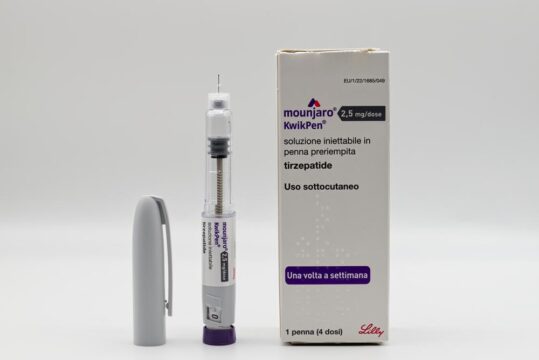Advertisment
Cluster headache may be more severe in women

While cluster headache is more common in men than in women, a new study suggests that the disorder may be more severe for women. The study is published in the December 21, 2022, online issue of Neurology®, the medical journal of the American Academy of Neurology.
Cluster headaches are short but extremely painful headaches that can occur many days, or even weeks, in a row. The headaches can last anywhere from 15 minutes to three hours.
“Cluster headache is still often misdiagnosed in women, perhaps because some aspects can be similar to migraine,” said study author Andrea C. Belin, PhD, of the Karolinska Institutet in Stockholm, Sweden. “It is important for physicians to be aware of how the disorder manifests differently in men and women so the most effective treatment can be given as fast as possible.”
The study involved 874 people diagnosed with cluster headache, with 66% male and 34% female.
Participants answered a detailed questionnaire about their symptoms, medications, headache triggers and lifestyle habits.
Women were more likely to be diagnosed with chronic cluster headache than men. Chronic cluster headache is defined as recurring cluster headache attacks for one year or more without interruption, or with short intermissions with no symptoms that last less than three months. Eighteen percent of women were diagnosed with chronic cluster headache, compared to 9% of men.
Attacks also lasted longer for women than for men. For example, 8% of women said headache bouts lasted an average of four to seven months, compared to 5% of men, while 26% of women said bouts on average lasted less than one month, compared to 30% of men.
Women were also more likely to report that their attacks occurred at various times throughout the day than men, 74% to 63%. Women were more likely to have a family member with a history of cluster headache, 15% to 7%.
“While the ratio of men to women with cluster headache has been shifting over the years, it is still considered mainly a disorder of men, making it more difficult for women with milder symptoms to be diagnosed with cluster headache than men,” Belin said. “It’s possible this could contribute to the higher rate of chronic cluster headache in women.”
A limitation of the study was that information was reported by the participants, so they may not have remembered everything correctly.
The study was supported by the Swedish Brain Foundation, Mellby Gård Foundation, Swedish Research Council, Region Stockholm and Karolinska Institutet.
Learn more about headache at BrainandLife.org, home of the American Academy of Neurology’s free patient and caregiver magazine focused on the intersection of neurologic disease and brain health. Follow Brain & Life® on Facebook, Twitter and Instagram.
When posting to social media channels about this research, we encourage you to use the hashtags #Neurology and #AANscience.
The American Academy of Neurology is the world’s largest association of neurologists and neuroscience professionals, with over 38,000 members. The AAN is dedicated to promoting the highest quality patient-centered neurologic care. A neurologist is a doctor with specialized training in diagnosing, treating and managing disorders of the brain and nervous system such as Alzheimer’s disease, stroke, migraine, multiple sclerosis, concussion, Parkinson’s disease and epilepsy.
For more information about the American Academy of Neurology, visit AAN.com or find us on Facebook, Twitter, Instagram, LinkedIn and YouTube.





